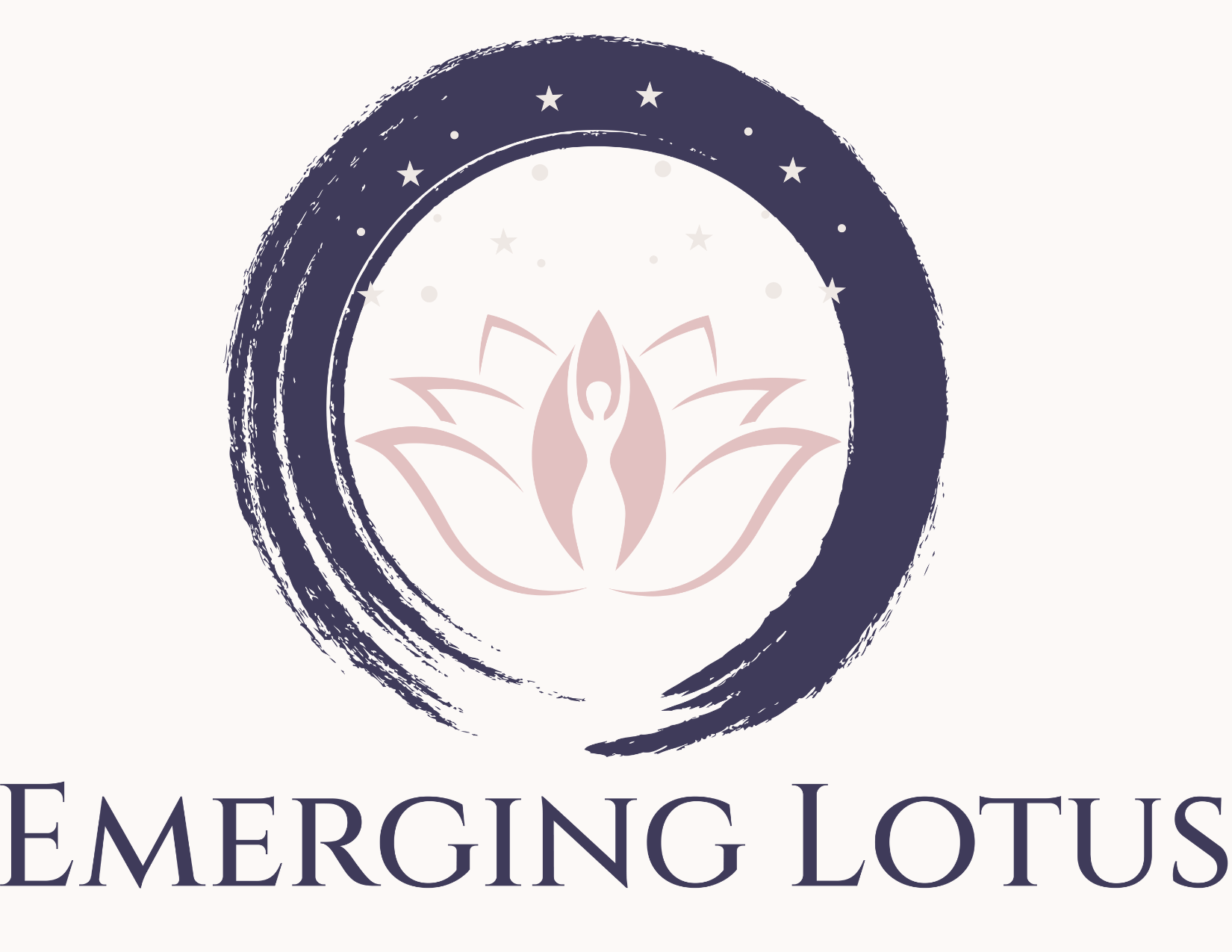5 Powerful Steps to Cultivate High-Performing Teams
Want to Increase Team Engagement and Boost Profits?
Start with these powerful steps
1. Set the Goal
Use the SMART (Specific – Measurable – Attainable — Realistic –Time-based) technique to check against it. Stretch your goals by tiering it with a Good/Better/Best measurement for success.
2. Explore the Blocks and Barriers
Reflect on barriers that have blocked you from accomplishing your goals in the past. What obstacles do you anticipate in the future? Many team leaders can easily identify tactical items they see as an issue, but overlook belief systems and culture issues working against them and their teams.
Ask yourself what kind of feedback you have received in the past when you proposed these types of ideas? What challenges will you face with push back from your team?
Developing a clear view of potential blocks and barriers can help you become more strategic and plan better for success.
3. Strategies – the Plan
Map out specific steps that need to be taken to reach your goals, including what will be necessary to work around the barriers you identified above.
Creating a detailed plan in the beginning will help keep your team focused and provide them with helpful guidelines.
There is a powerful saying, “Failing to plan, is planning to fail.”
4. Breaking it Down - Timelines
Set realistic timelines Start quarterly. Map out what needs to be accomplished within 30/60/90 days to successfully meet your team’s goals.
Use that timeline as a guide to help you plan out a weekly schedule. This will ensure focus remains on the project and ensure progress is being made on a consistent basis.
Meet regularly (weekly or biweekly) to check on the project’s progress.
5. Communicate – Communicate – Communicate
Communicate clearly to team members and contractors the overall goal, their role, what you need and expect, and the time frame in which it needs to be done.
Discuss barriers or challenges that arise and strategize on how to get back on course. By meeting and communicating on a regular basis, the project will stay on track and continue to move forward.
Communicate the mutual benefits for the company, project and team to maximize engagement and motivation.
Despite your best efforts, tough conversations may need to happen. To keep the conversations focused and productive, I recommend using the G-R-O-W Model.
G-R-O-W
1. Goal – What is the performance, goal, or behavior that is expected?
2. Reality – What is happening now that is not in alignment with the above stated goal?
3. Options, Opportunity or Obstacles - Brainstorm opportunities to get back in alignment.
4. Will or Way Forward – Agree on which path to take, and what ways to support your team.
This model was originally developed in the 1980s by performance coach Sir John Whitmore, although other coaches, such as Alan Fine and Graham Alexander, have helped to develop it further.
Implementing these methods can transform teams who have previously been disengaged into high performing profit leaders.
I hope these methods are as transformational for you as they have been for me in my professional life, as well as the lives of the many leaders I have supported to better communicate, set goals, and handle difficult performance conversations.
If this was helpful for you, and you would like to connect to learn more, our upcoming Leadership In Action 5 month transformational program, or simply about how Emerging Lotus Coaching can assist you in your Leadership and Team development needs, feel free to book a call with me here - Virtual Coffee with Rachel.
© Rachel Carey-McElwaney and www.emerginglotuscoaching.com, 2018. Unauthorized use and/or duplication of this material without express and written permission from this site’s author and/or owner is strictly prohibited. Excerpts and links may be used, provided that full and clear credit is given to Rachel Carey-McElwaney and www.emerginglotuscoaching.com with appropriate and specific direction to the original content.

